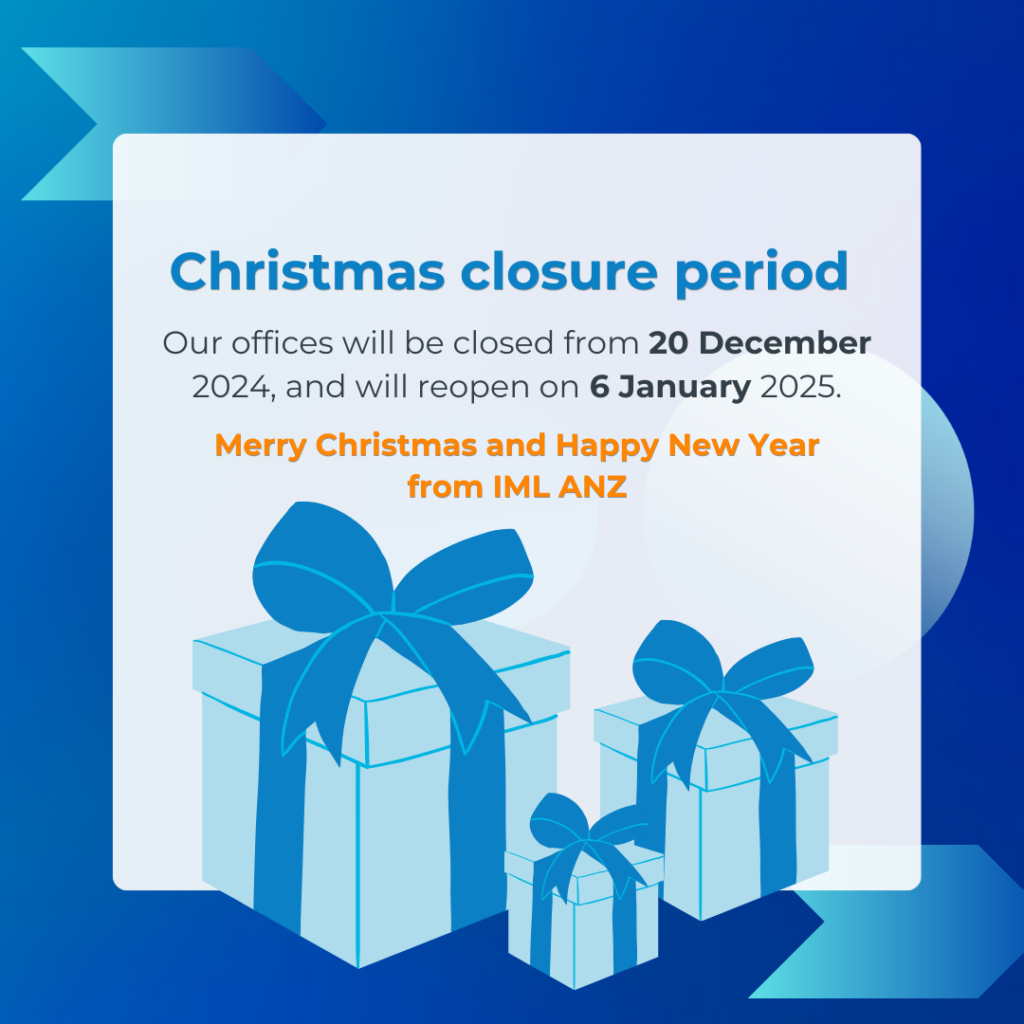Scott Stein, renowned business coach and author of Leadership Hacks, Clever Shortcuts to Boost Your Impact and Results, shares some tips to boost the productivity of you and your team.
By Nicola Field
You know the drill. Deadlines are getting tighter, resources are being squeezed and you need to motivate your people to do more with less. It can seem like a tall order, but Scott Stein says some clever hacks – or smart shortcuts – can make it happen.
Everyone’s busy. Our days are packed with different activities. But chances are, you’re not focusing on the right things. Try mapping out what you have actually done during the course of a day, and you’re likely to see a big gap between what you have been doing and what you should be doing.
In this article, Scott reveals some of the hacks that allow leaders to side-step the distractors and reclaim their time:
Hacks for your email inbox
Be disciplined. Schedule time to manage emails, then follow up with this simple four-step hack to save time managing your inbox:
- Give your inbox a quick visual scan.
- Delete what’s not relevant.
- Sort remaining emails based on importance.
- Respond.
Hacks for sending emails
When writing an email, think about what you are hoping to achieve. Use the list below to narrow this down:
- It’s an FYI message.
- You need to gather/share information.
- You need to make a decision.
- You need the recipient to take action
- You want to arrange a meeting.
State the specific outcome you’re looking for at the start of the email including in the subject line. This gives the reader context and saves you (and them) time. Use bullet points, bold and underline in your email message to help the reader easily grasp the key points.
One-on-one hacks
Delegation is an important skill, yet leaders often don’t know how to delegate. It’s estimated that one in two companies is concerned about their managers’ delegation skills, but they don’t offer training for it.
The result? Leaders are often completing tasks that someone several salary bands below them should be doing – often because it seems quicker and easier to just do it themselves.
The fact is, delegation is a skill that can be mastered. Let’s break it down.
There are four levels to delegation:
- Do the task yourself.
- Coach your team member. Explain you need their help, describe the task and map out a plan of action together. Share ideas, sequence the steps, and set clear dates when you will check in on their progress.
- Explain the task to your team member, and ask them to map out how they’ll approach it. Check in along the way.
- Set the task, and ask to see the results when it’s complete.
A key problem is that many leaders head straight to level 4. If things don’t go well, after a few attempts they give up delegating and revert to level 1.
It’s important to use a level 2 approach in the first instance. Gradually progress to level 3, and then to level 4. It will save time in the long run.
Team hacks
Research shows executives can spend as much as 23 hours each week tied up in meetings. That makes meetings a prime target for team hacks.
Trying to combine different types of meetings is a waste of time. The discussion goes round and round, the same people do all the talking and no real result is achieved.
Instead, hack the meeting by first identifying its purpose. Then decide the type of meeting you need to achieve your purpose from the four listed below:
- Reporting and checking – for example, reporting sales results.
- Problem solving – you have a challenge that you need a broader perspective on.
- Decision making – you need to arrive at a clear decision.
- Strategy development – you need to plan for the future.
Be clear about communicating the type of meeting to your team. If everyone knows what the aim of the meeting is from the start, it gives the discussion focus and helps avoid detours.
Be prepared to shake up meetings a little too. Or maybe you don’t need a meeting at all. Reporting or checking in can often be done virtually. The Vice President of Kimberly-Clark, a massive corporation, recently got rid of typical reporting meetings altogether. These days, they have a dashboard in the hallway that sets out KPIs, and the team has a 15-minute stand-up meeting – once in the morning, and then another check-in during the afternoon.
Find more leadership time savers and productivity boosters in Scott Stein’s new book Leadership Hacks, Clever Shortcuts to Boost Your Impact and Results (Wiley).



